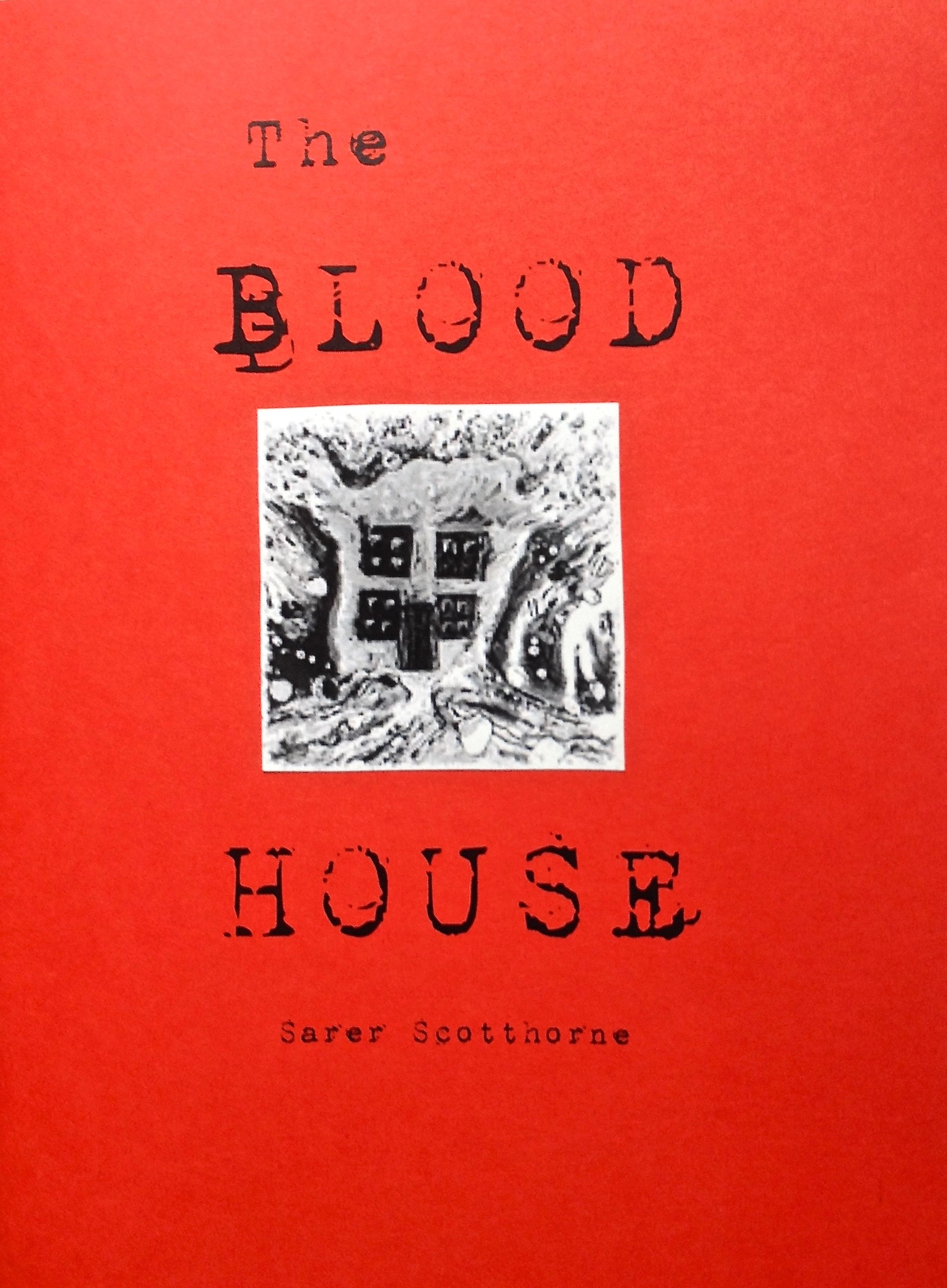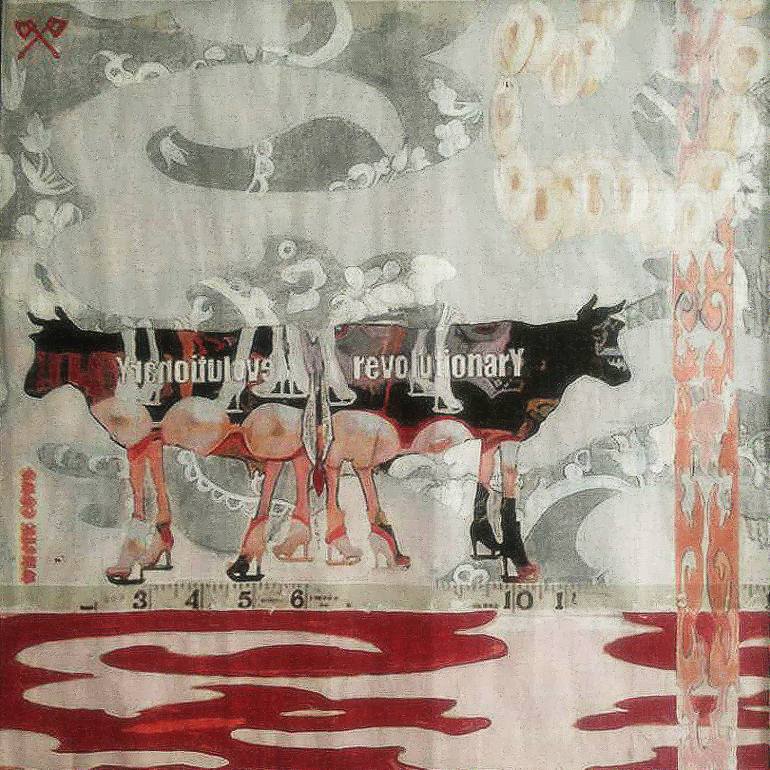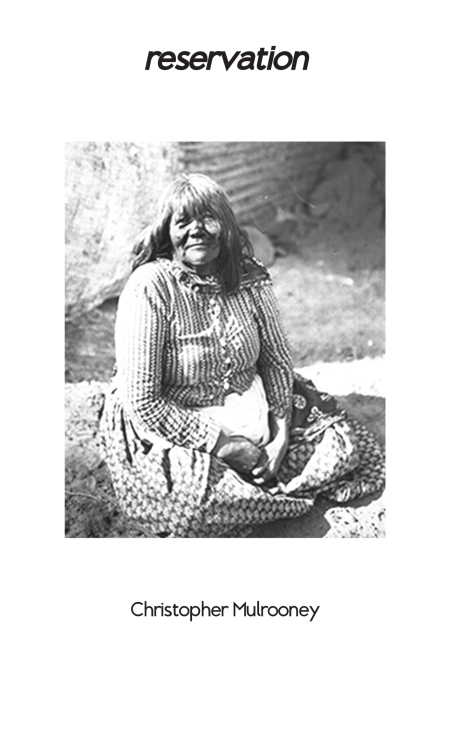The Blood House by Sarer Scotthorne
– Reviewed by Andie Berryman –
The Blood House is the debut pamphlet from Bristol-based poet Sarer Scotthorne. The cover is graced by the poet’s artwork, followed by a transparent page with blood blots which give me a first impression of what the poetry will be: an investigation, a look beyond the veil.
First poem ‘The way seagulls fly’ gives a curious introduction:
Blown like a dishcloth,
bish bosh into the wind.
I wanted to scream and shout.
It’s like my life too, you know.
Scotthorne’s poems and prose weave an unconventional – almost indie film –depiction of a survivor of sexual abuse. It isn’t graphic: Scotthorne, like a true writer, only gives glimpses and need not undermine her reader’s intellect. For instance “… dance to your Daddy…” (Daddy’s Dance), and the father’s drunken behaviour are shown, but the narrative is not dedicated to describing the perpetrator. It’s about the journey of the survivor.
The survivor in this piece has clearly spent a long time working through her experiences, first with a sort of faux forgiveness for herself:
What could I say? I was eight years old,
I would protest; say stop it, or turn away
and remember that the last line of the song
was always the best.(Daddy’s Dance)
We understand that this has been buried under the skin for a long time. In the title poem we see what lies underneath a seemingly cosy, safe exterior:
The house breathes for me – joists splintering with love,
the beat of slamming doors hides the sound of the pastthat is buried alive in the red brick cellar.
The poems imagine speaking out as a transcribed interview (Transcript of an Interview on Radio 4’s Today programme 12th), dismissing the idea that the perpetrator’s story is more important than hers (James’s Law), and imagining what sex could be after the trauma is worked out (Gold Mine).
Plenty of literature speaks out about abuse, but doesn’t talk about reclaiming the body. What is at stake, quite unusually, in this collection, is the reclamation of the sexual self: here we have the conflict and the continuum of violence. In ‘Blood’ we see internalised violent sexual fantasies, a need to control, the fallacy that another body is your play-thing: “wrap my legs around his hips and make, him, fuck, me”. In ‘Sports Car Version’ we see a woman coming to terms with the fact that sexual desire is normal: “..Maybe my libido is the sports car version; I wake up at night and it purrs at me, in the day it revs relentlessly…”.
This work isn’t about a woman unravelling, its about a woman unpicking the fabric, then weaving it together so that it fits and makes sense. Its gory narrative is outside of corporate, white middle class feminism, more in the realms of French feminism, psychosexual and focussed on the body. These works can get a little confusing, but that’s the point: we are delving into someone’s mind.
The launch for The Blood House (also featuring Lucy Furlong’s new work ‘Clew’) takes place at The duke of York, 2 Jubilee Road, Bristol, Saturday 18th April, 8pm.





